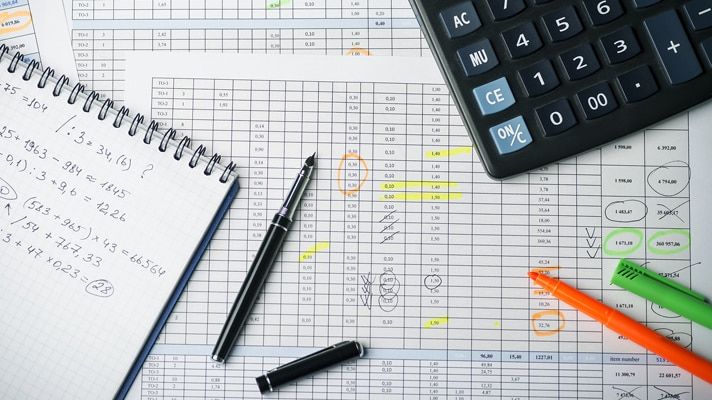Is This Accounting Technique Good or Bad?
There are many reasons why people choose to use this accounting practice. Amortisation is neither good nor bad, but there are certain benefits and downsides to its use.
Using this technique to spread your business’s payments of intangible assets or loans over time will reduce taxes for your business for the current tax year. For however long you are using that asset, you are entitled to a deduction on your taxes.
So, you could gain a tax break for the entirety of the loan period, benefitting your business for numerous accounting periods. Furthermore, amortisation enables your business to possess more income and assets on the balance sheet.
However, for some, these loan payments happen over a long period, meaning it’s a very slow and drawn-out process. Depending on the payment method used, some payment periods can be quite high, causing cash flow issues within the business.

















